How minimalist can you go and still represent a subject when the photograph appears to be almost abstract and of nothing at all?
I’ve been photographing the ground beneath our feet for a very long time. From pavements, to puddles, to litter and detritus, to leaves, drains and ditches.
Over the years I’ve self-published the odd photobook or two and for me, it’s a subject that keeps on giving, as I discovered when found myself using film more and more. I don’t know what triggered the switch, or tipped me over the edge, but at some point, three or so years go when I was immersed in this puddle/minimalist project, I abandoned digital and sold all the gear.
This is to put some sort of context around these minimalist images of puddles and flooded fields. They are part of an evolutionary journey of thought, technique and location.
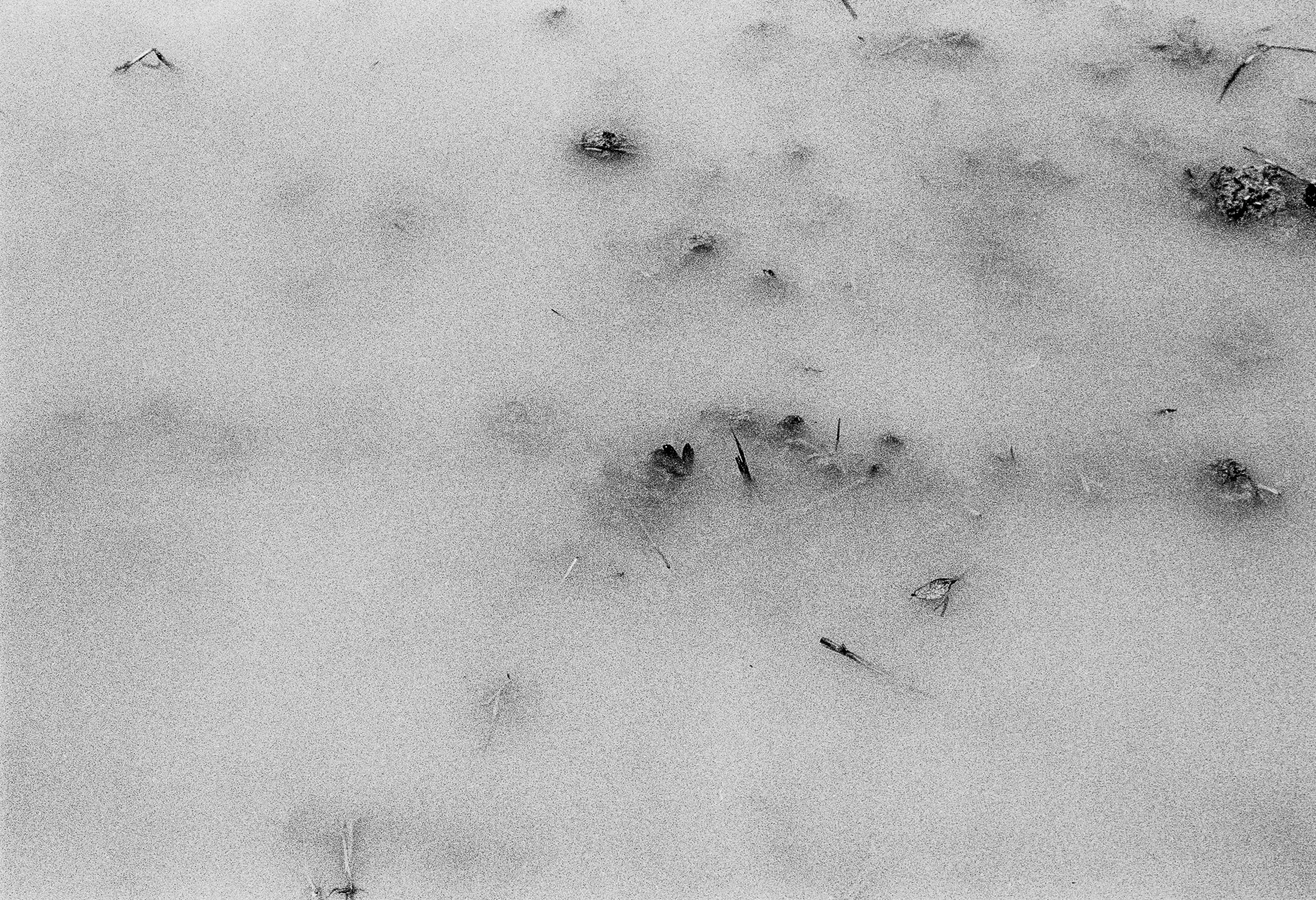
Walking Mollie the springer every day with my camera in rural Oxfordshire, here in the UK, I became known in the village as the mud photographer.
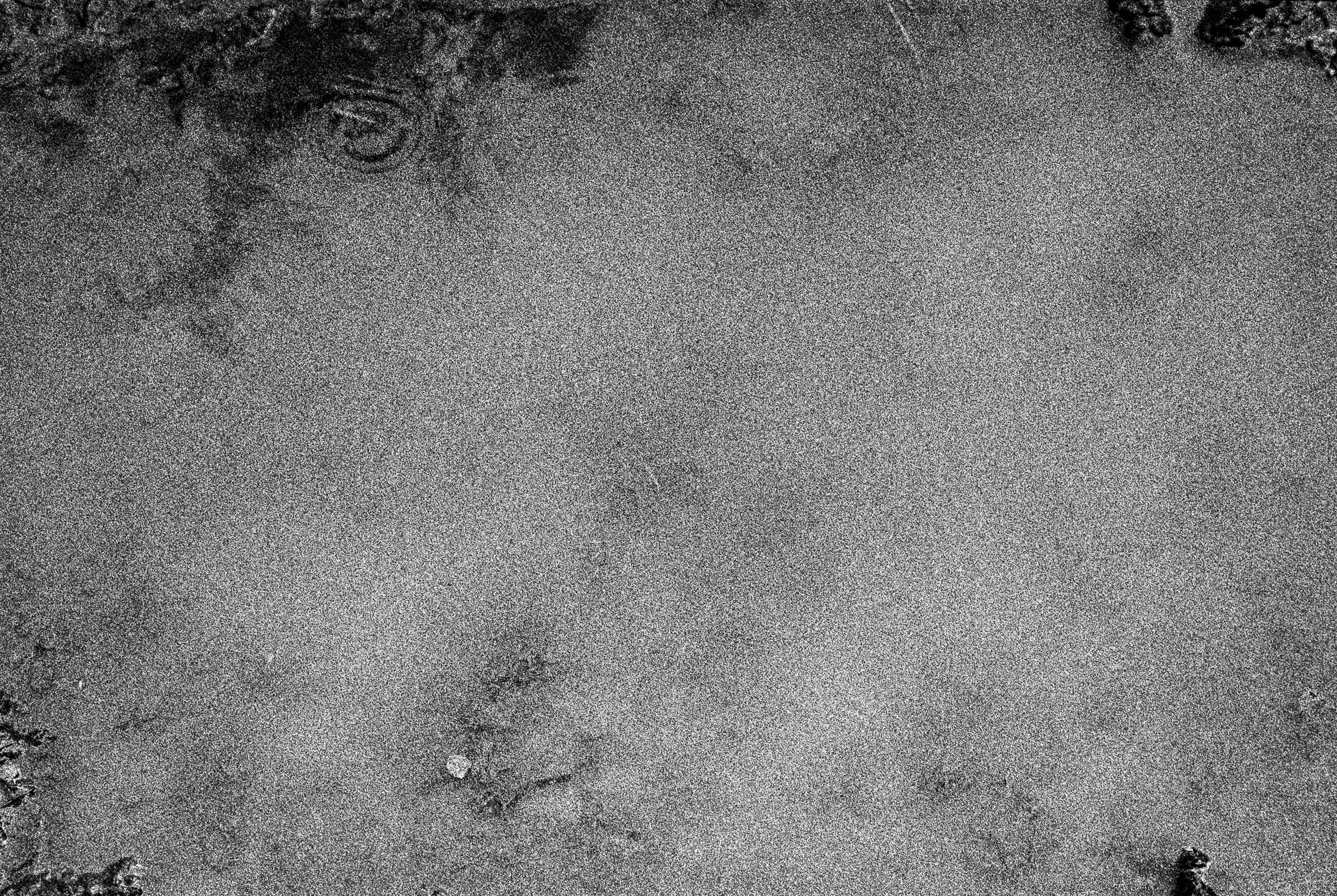
The more I immersed myself in it (the project, not the puddles), the more I started to see my subject matter in a minimalist way. Much more importantly though, I started to see the subject in terms of how I was photographing it. I was looking for subjects that would look good on film. I don’t think I mean that – what I mean is the more I started looking at the puddles and flooded fields, the more I was looking for subject matter that reflected the way the project was going and that could only be executed with film. And that’s sort of why I went back to film after many years of digital. I found I was starting to try and process digital to a grainy film look and I just thought… what on earth am I doing!? So this part of the project ended up being one that was only possible on film and that part of it happened by accident.
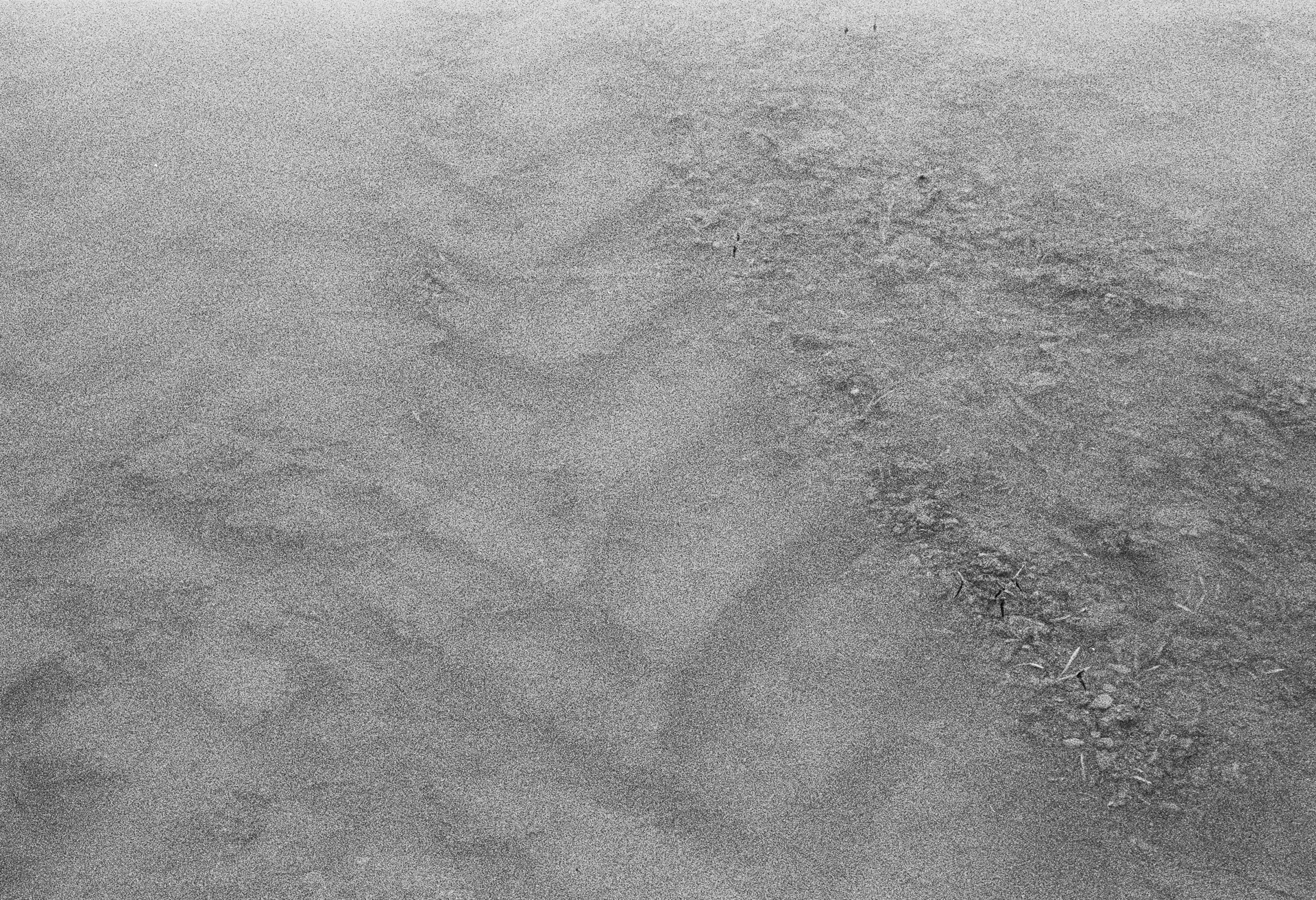
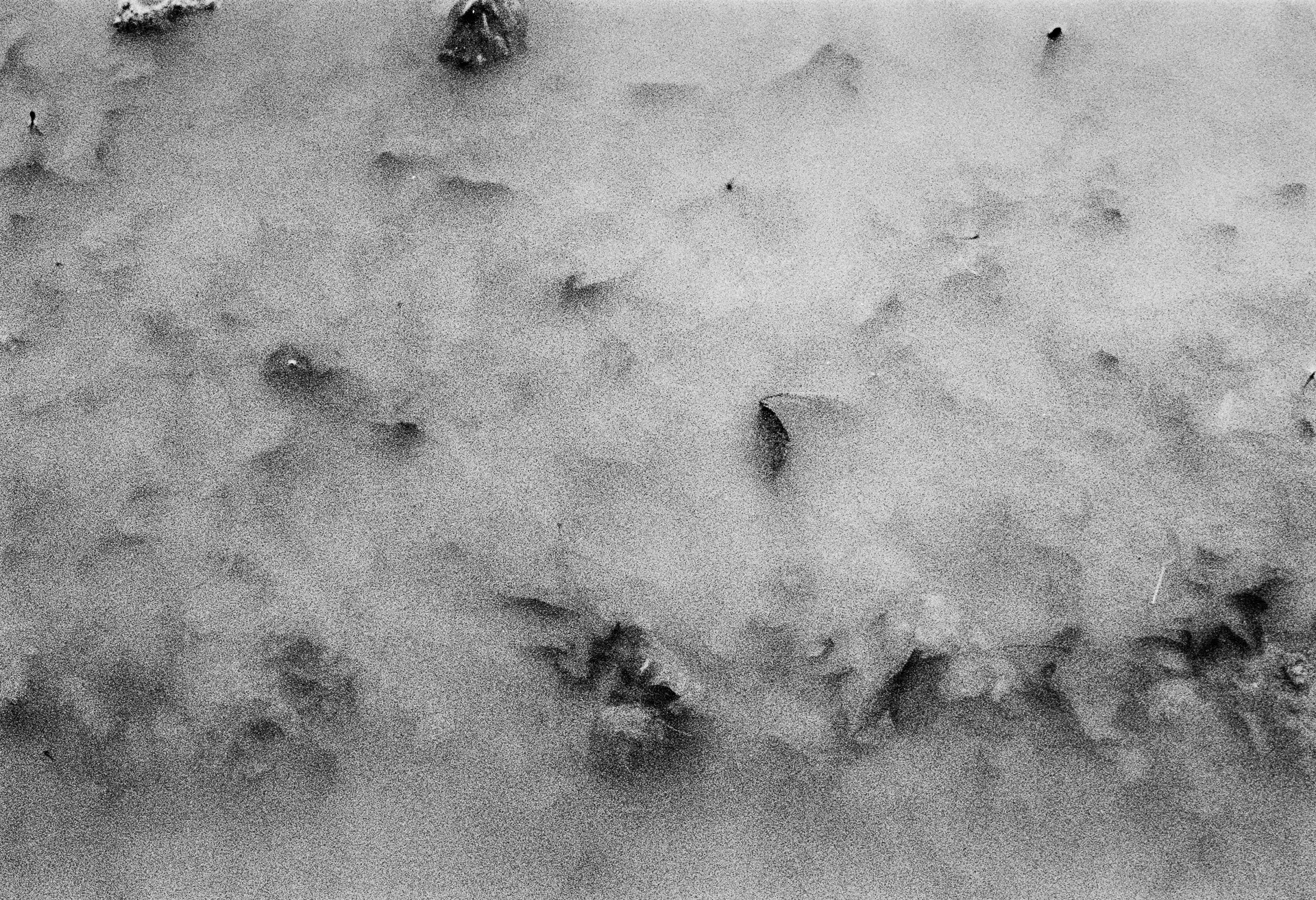
I love how grainy film renders relatively uniform expanses of monotone subject matter.
The rendering of water, the sort I had to navigate (literally) as I walked the dog – those flooded fields and leaf filled puddles – was a perfect realisation of this aesthetic back in the autumn of 2019. That is was an evolution of my ongoing ‘the ground beneath my feet’ project was simply how it came to be.
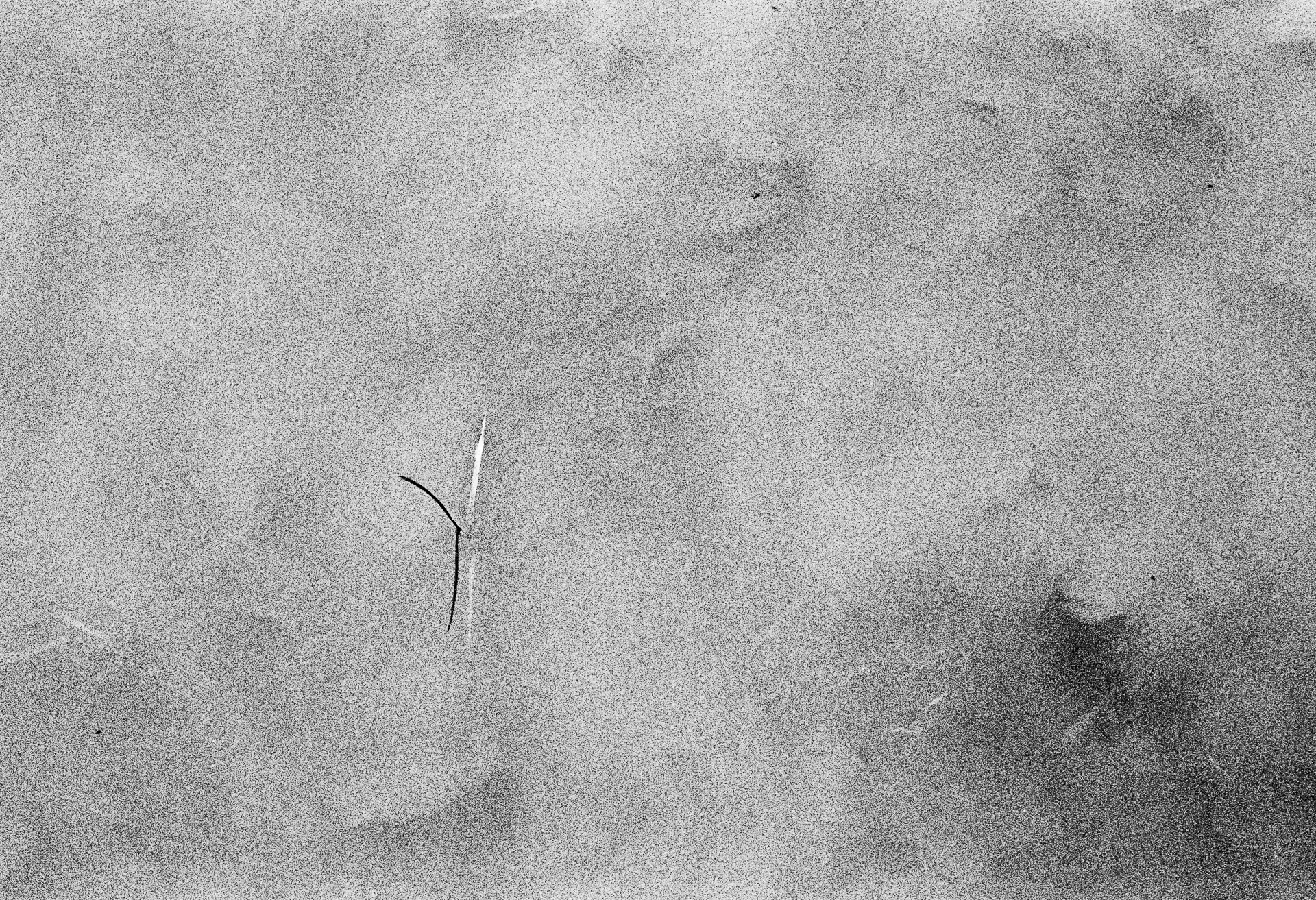
These are not minimalist photographs, as in, that’s not their intention. They are however, photographs of subjects that are somewhat sparse. Hence my question at the beginning of this article.
As a series, I hope it’s obvious what these are photographs of. Some of them, individually, are maybe just too minimalist to communicate anything about the subject. What does that mean though? And does it matter. Are the aesthetics enough – do they stand up as abstracts? I think they do. In fact, I really ‘get off’ on using grain in this way. I can stare at these images (yes really) and get something of the experience of being there, looking at the subject, capturing the experience of being in the flooded field, and taking away the memory of it all.
I hope that these images do in fact communicate the reality of the water, the leaves, the mud, the tyre tracks and the changing seasons out there in the countryside.
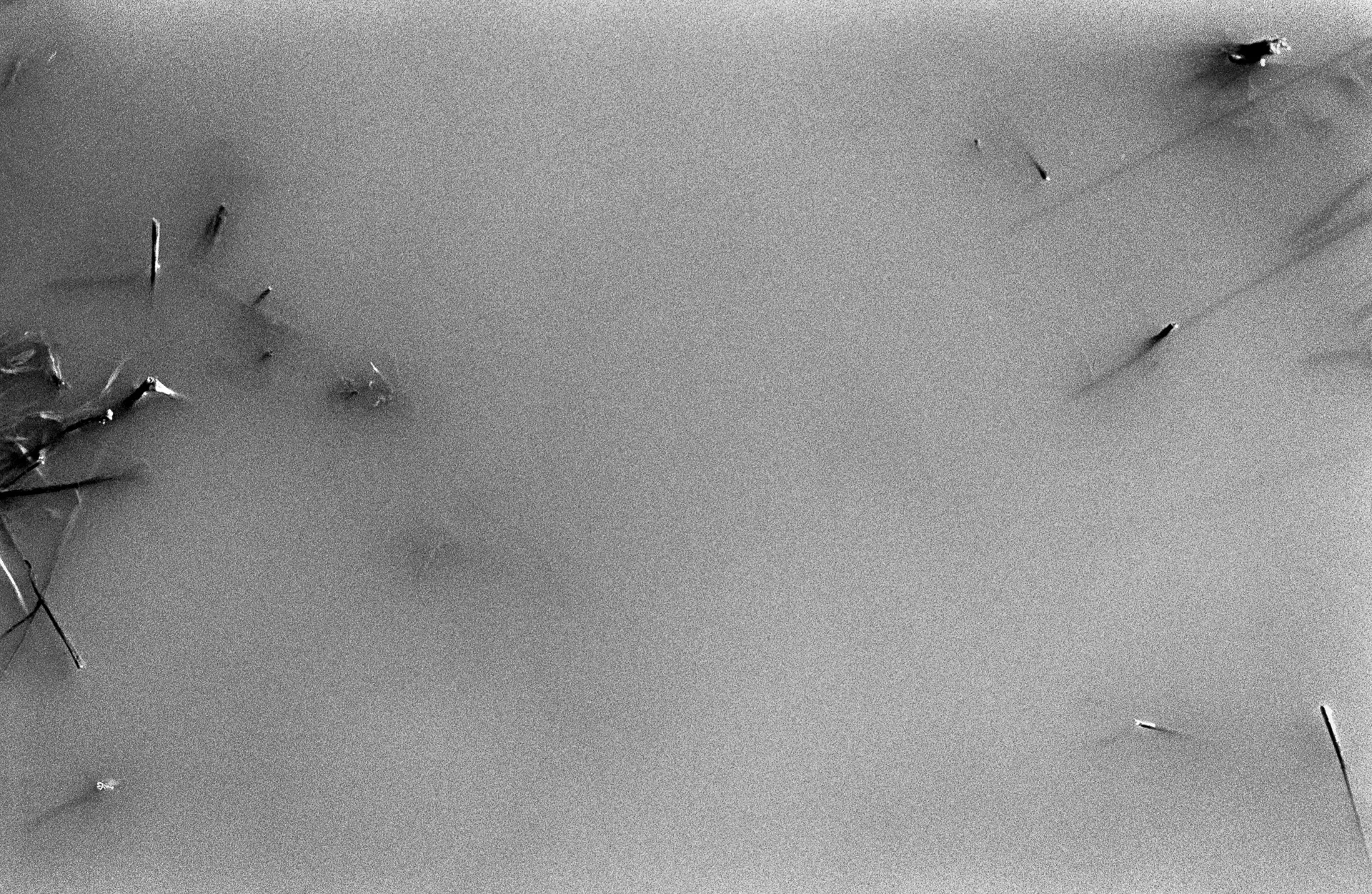
As I said earlier, these are all part of a wider project of mine that documents a small part of the environment that I walk the dog in. Yes, that’s when I do a lot of my photography – same walk, same paths, same fields, trees and so on… but different seasons, different weather, different activities undertaken by the farmer, the impact of my fellow walkers.
It’s endlessly fascinating. But you have to get your eye in!
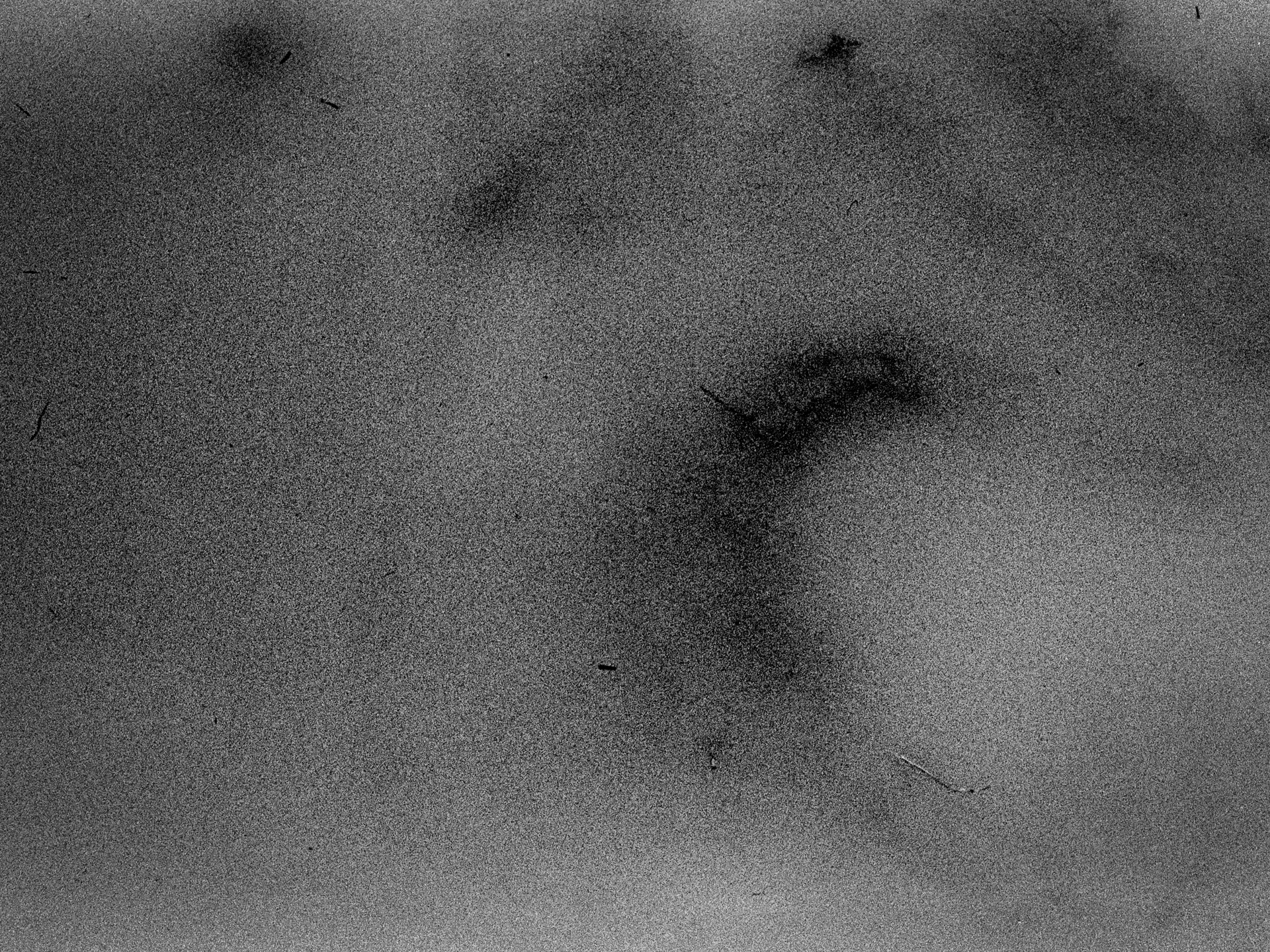
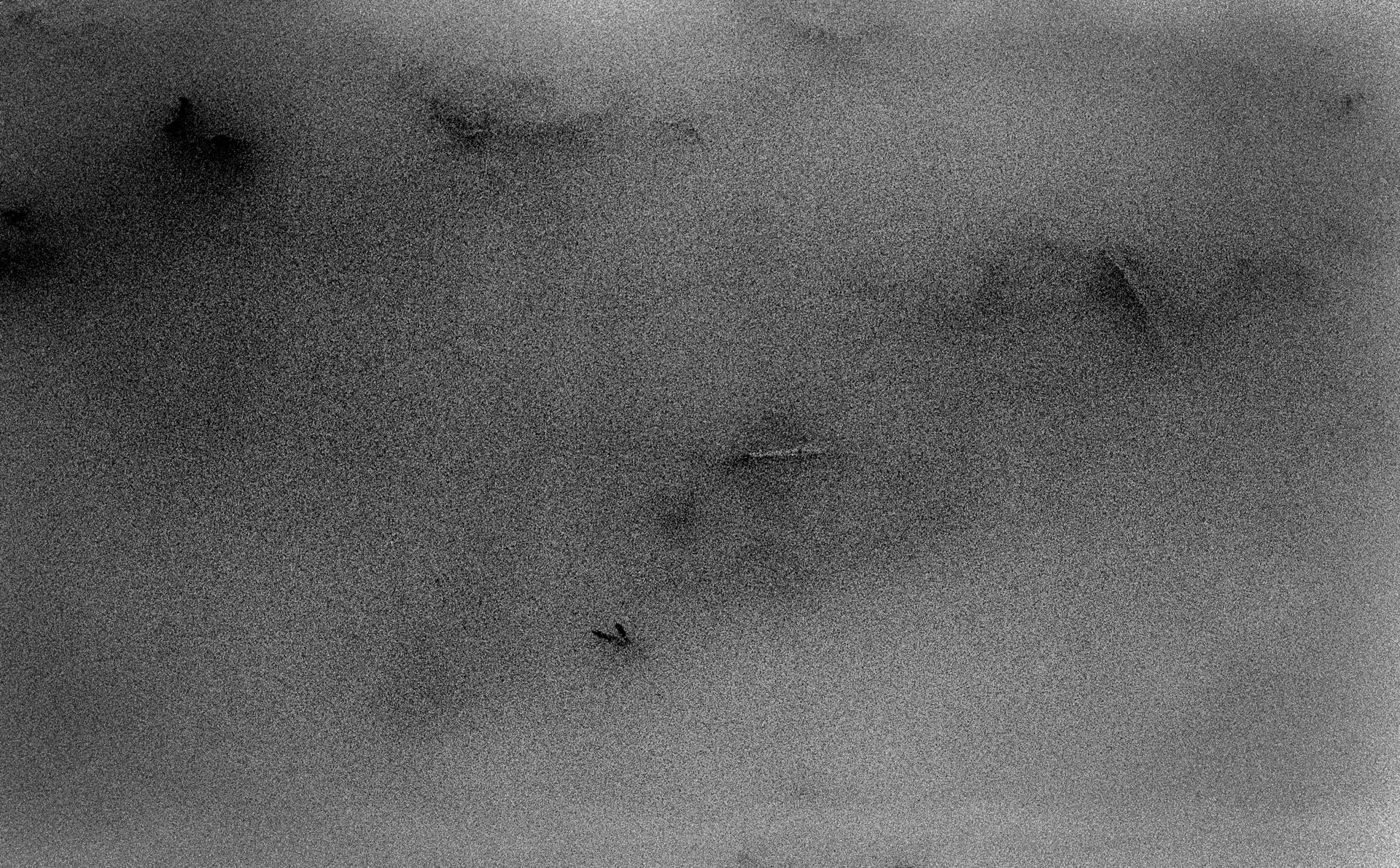
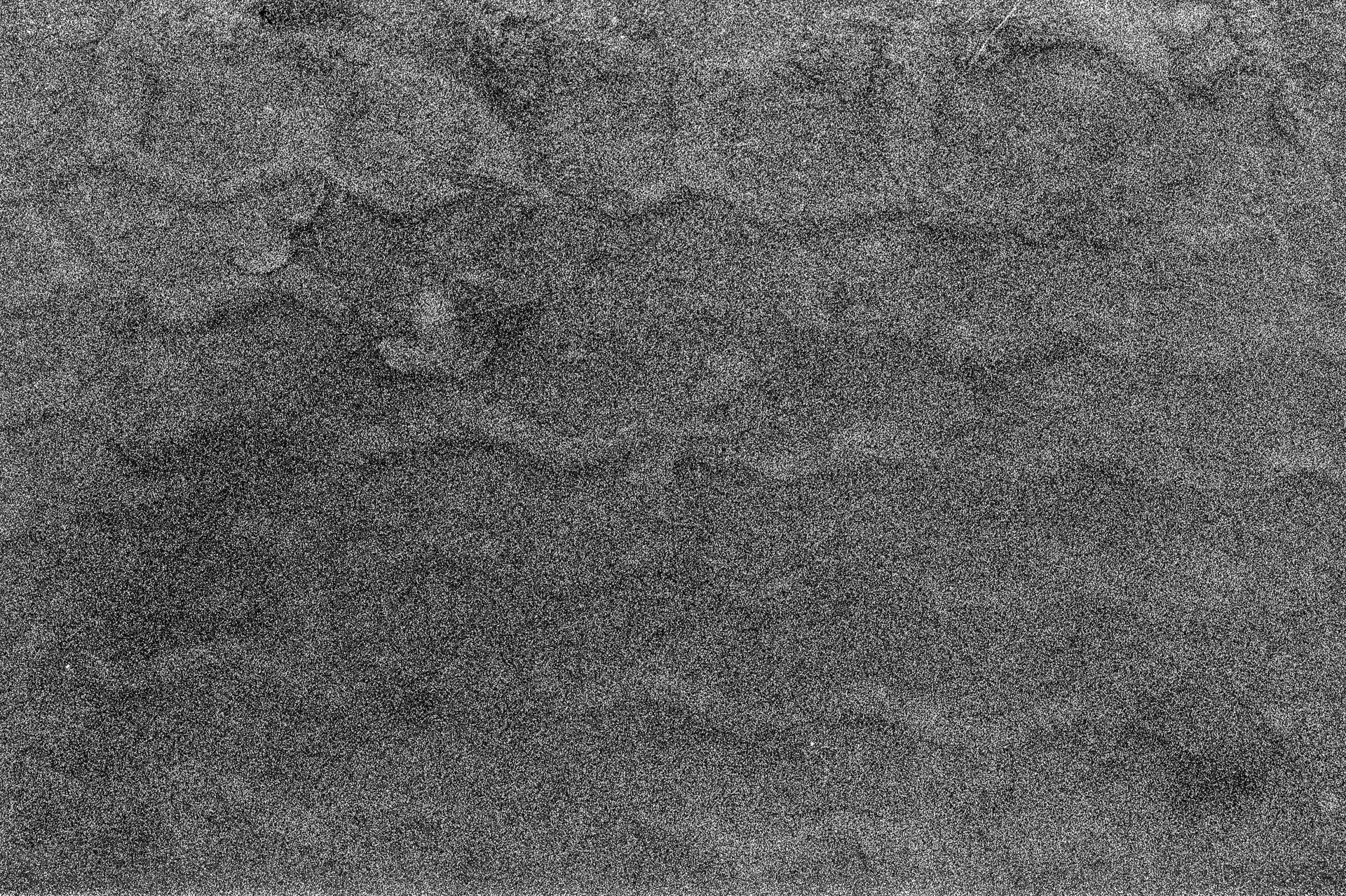
I do despair though of minimalist photography that’s just for the sake of it. You know, the minimalist photo comps that are ‘shapes, contrast, lines…’. I hope these images transcend that and communicate something about the world that is both tangible and engaging.
There’s a photobook on the way for this Flooded Fields project. More about this soon, right here.
All images taken with Nikon FM2n and 50/1.8. Most Tri-X in Xtol. Some in Rodinal. All digitised with Sony A7r and Nikkor 55/2.8 macro [a real pain to focus] and a few with the Sigma 70/2.8 Macro ART lens [a dream to focus].
I have a website and I’m on Instagram.
Share this post:








Comments
Mike Watkins on How Minimal Can You Go? How Minimal Is Too Far? – By Nik Stanbridge
Comment posted: 13/10/2021
Comment posted: 13/10/2021
s on How Minimal Can You Go? How Minimal Is Too Far? – By Nik Stanbridge
Comment posted: 13/10/2021
Comment posted: 13/10/2021
Dan Mountin on How Minimal Can You Go? How Minimal Is Too Far? – By Nik Stanbridge
Comment posted: 13/10/2021
Comment posted: 13/10/2021
Christopher on How Minimal Can You Go? How Minimal Is Too Far? – By Nik Stanbridge
Comment posted: 13/10/2021
Comment posted: 13/10/2021
David Hume on How Minimal Can You Go? How Minimal Is Too Far? – By Nik Stanbridge
Comment posted: 14/10/2021
Comment posted: 14/10/2021
Rock on How Minimal Can You Go? How Minimal Is Too Far? – By Nik Stanbridge
Comment posted: 14/10/2021
Comment posted: 14/10/2021
Marc on How Minimal Can You Go? How Minimal Is Too Far? – By Nik Stanbridge
Comment posted: 14/10/2021
Comment posted: 14/10/2021
Taylor Ervin on How Minimal Can You Go? How Minimal Is Too Far? – By Nik Stanbridge
Comment posted: 14/10/2021
Comment posted: 14/10/2021